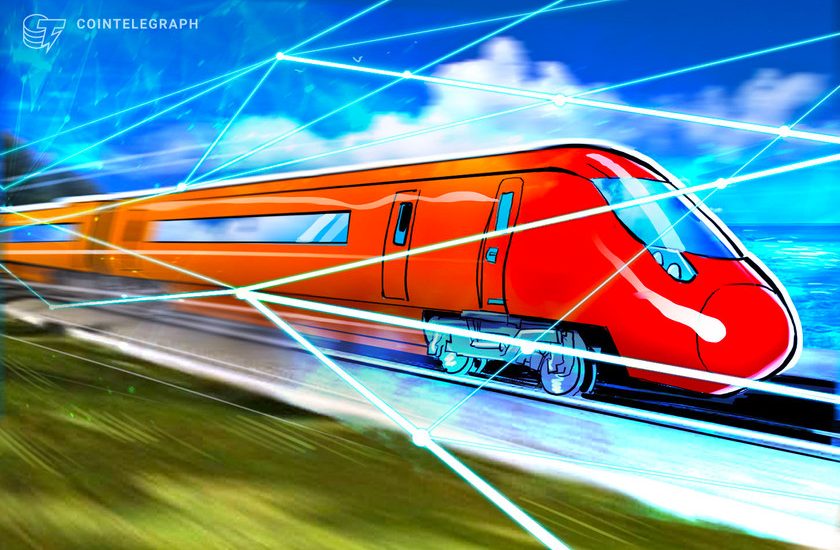- April 12, 2021
- Posted by: admin
- Category: BitCoin, Blockchain, Cryptocurrency, Investments


Rail cargos from China to Europe can now be delivered in days instead of months, after a new blockchain system was installed at a major Chinese rail port.
The China-Europe rail trade route has been subject to a major speed upgrade thanks to the application of blockchain technology, reports China’s People’s Daily Online.
The Chengdu International Railway Port in Sichuan province was installed with the blockchain-powered Sino-Europe Trade Link 2.0 platform by the Industrial and Commercial Bank of China.
As well as cutting down on time-consuming logistical document checks, the new system will reportedly allow foreign trade companies to raise money directly from the bank to speed up cash flows.
Trades where cargo was delivered from China by rail used to take over a month to reach their destinations in Europe. Documentation and waybills would have to be checked at every border crossing, the logistics of which was made harder by translation difficulties and bureaucratic hold-ups.
In the first three years and three months of its existence, the China-Europe cargo service managed to carry out 200 trips. Since blockchain technology was introduced, the same number of trips was carried out in just two months.
A staff member at ICBC told reporters the benefits of the blockchain-enabled system made it a reliable platform for hosting and tracking trade data.
“We take advantage of blockchain’s merits, such as its tamper-proof nature and timestamps, to form reliable trade data. That can greatly improve the financing capabilities of small and medium-sized foreign trade enterprises,” they said.
The past decade has seen radical changes in how global trade is executed, said Chen Ran, of the Chengdu International Inland Port Operation, who added, “Compared with 2007, we now have the support of blockchain, the Internet of Things and big data, which can help track logistics and significantly lower the risk of cargo damage. So there’s better protection for both the banks and the customers.”
